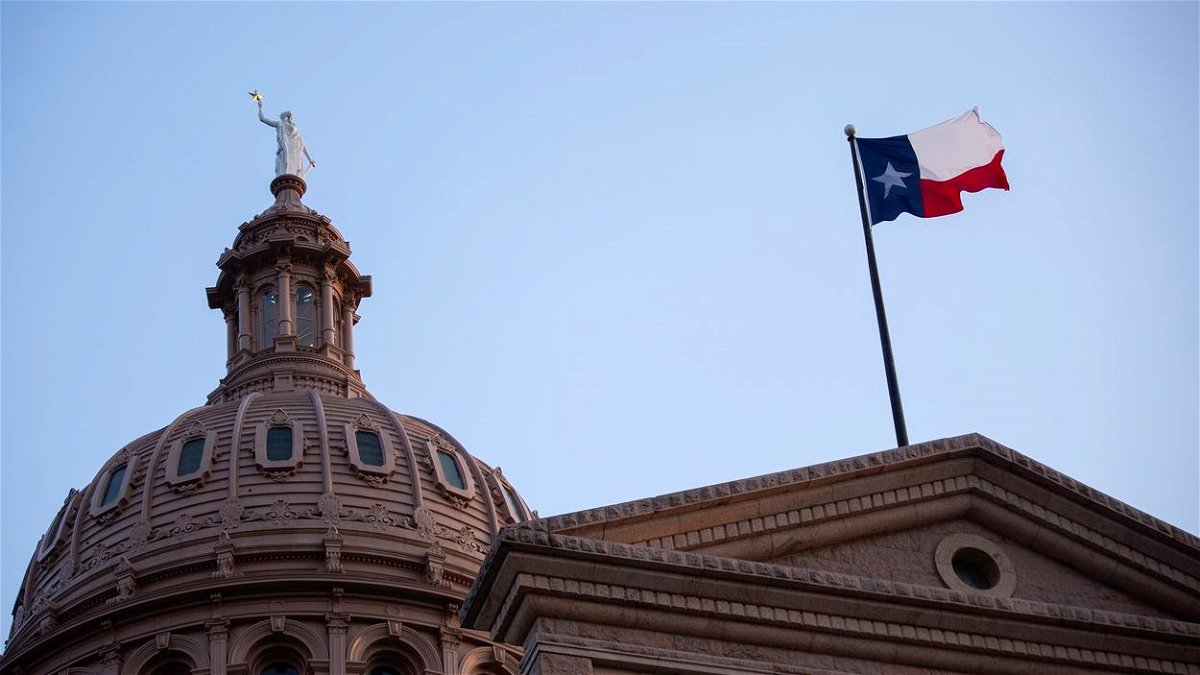El Paso has much at stake in Texas redistricting process getting underway

AUSTIN, Texas -- The Texas Legislature on Monday began an every-10-year redistricting process that could diminish El Paso’s representation in the state House of Representatives.
Census estimates through 2019 show that El Paso’s population has stagnated since the last census in 2010, while Texas continued rapid growth. If those estimates are confirmed by 2020 census results, El Paso’s political clout will decline relative to the rest of Texas. The full impact of that decrease in political influence will be determined by the Legislature’s redistricting process that started with Monday’s hearing by the Senate Special Committee on Redistricting.
The hearing focused on redistricting in West Texas.
This is our opportunity to share information about our commonalities and how El Paso and Far West Texas is a vibrant and bi-cultural community. I believe elected officials should be accountable to the voters they represent,” said state Sen. César Blanco, D-El Paso. “The more the committee learns about our region, the clearer the picture will become about how to draw districts that are truly representative of our people and our interests.”
The Legislature this year will draw new boundaries for Texas House and Senate seats, as well as congressional seats, based on the results of the 2020 census. The Census Bureau was supposed to have produced state population numbers by Dec. 31, 2020, but that has been delayed by the pandemic and other issues. Population numbers for local communities are supposed to be delivered in April, but it’s not clear if the Census Bureau will meet that deadline.
The stakes for El Paso in the redistricting process are high, especially regarding the Texas House of Representatives.
El Paso has had five members in the Texas House since the 1980s. However, that could slip to four as a result of the 2021 redistricting.
The population of El Paso County grew by less than 5% between the 2010 census and 2019, according to Census Bureau estimates. During that time, the state’s population grew by 15%.
Because the 150 state House districts must have roughly equal populations, the typical district will have just under 200,000 residents if Texas’ population comes in at about 29.5 million as expected.
El Paso County’s population in the 2020 census is expected to be just over 840,000, based on recent trends. That means the county will be entitled to about 4.3 seats in the Texas House, down from the current five.
Currently, all five El Paso House seats are entirely within the boundaries of El Paso County. After the 2021 redistricting, at least one of those seats will have to include other counties. That could make it more difficult for an El Pasoan to win that seat.
Because El Paso is wedged between New Mexico, Mexico and Far West Texas, House District 75 currently is the only El Paso district that borders another Texas county. That makes that district the most likely to be reshaped to include other Texas counties.
District 75 is currently represented by Democrat Mary Gonzales.
One way for El Paso County to try to keep five members in the House would be to create two districts that take in other counties. With the right boundaries, El Paso County could make up the entire population of three House districts and the majority of the population in two others.
The redistricting process also will affect El Paso’s representation in the Texas Senate and U.S. House of Representatives, though not as dramatically as the impact in the Texas House.
The Texas Senate has 31 members. Blanco’s Senate District 29 currently includes El Paso and four rural West Texas counties. Because of El Paso’s sluggish population growth over the past decade, that district will have to take in several additional West Texas counties after redistricting.
In the U.S. House of Representatives, two districts currently include El Paso County. The 16th Congressional District, currently represented by Democrat Veronica Escobar, includes most of the county. The 23rd Congressional District, currently represented by Republican Tony Gonzales, includes
parts of far East El Paso and the Lower Valley, and stretches to San Antonio.
Texas currently has 36 seats in the U.S. House of Representatives, and that is expected to grow to 38 in the reapportionment that follows the census.
After the 2010 census, about 700,000 El Paso County residents were in the 16th Congressional District and 100,000 were in the 23rd.
If the Texas Legislature continues to keep the 16th Congressional District entirely within El Paso — a likely outcome based on history — about 70,000 county residents would wind up in another district. That will diminish El Paso’s influence in Congress.
